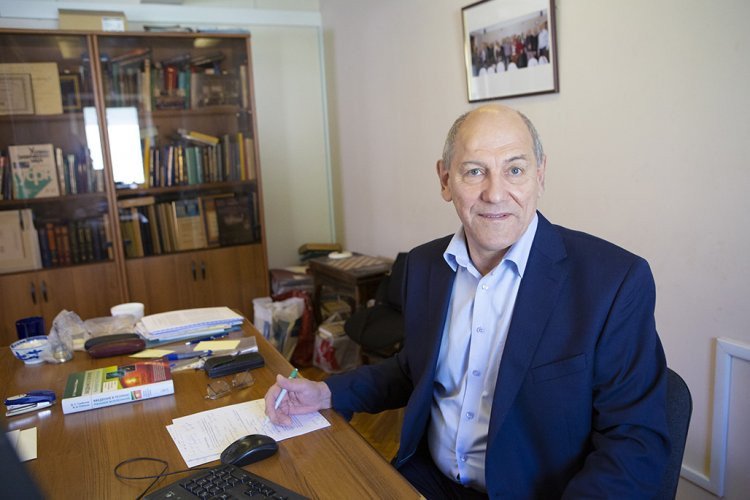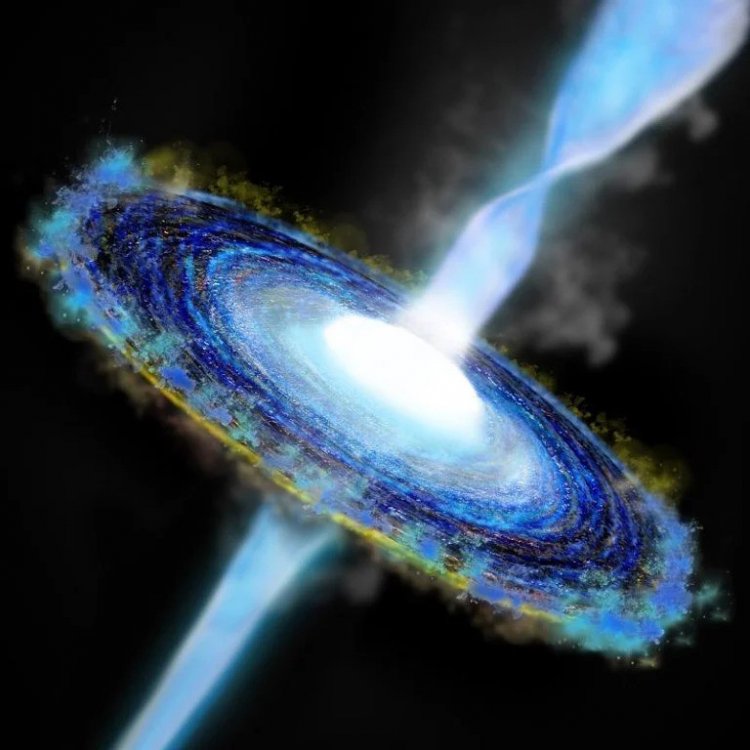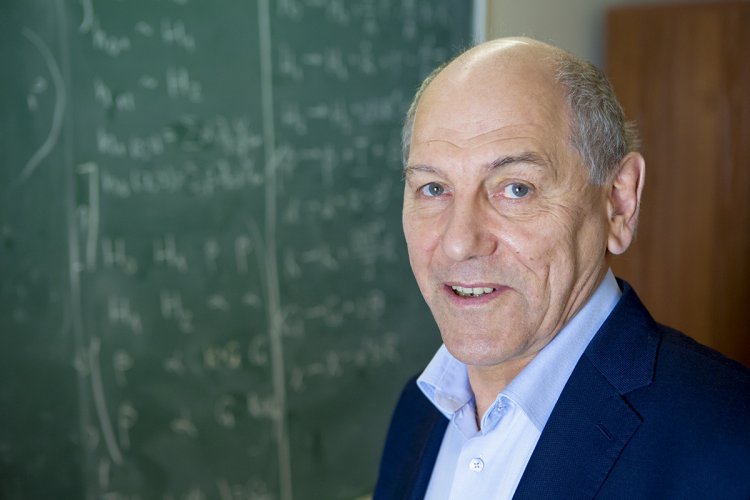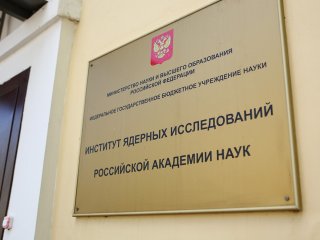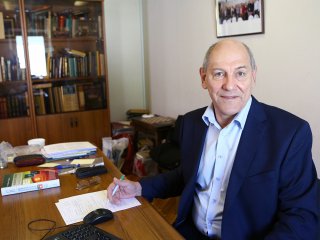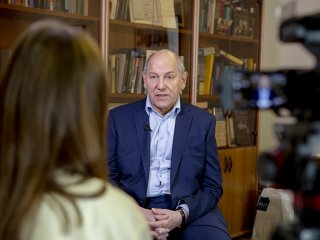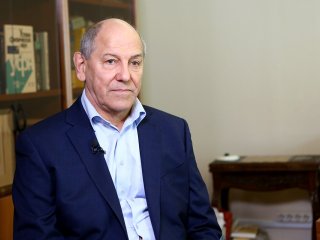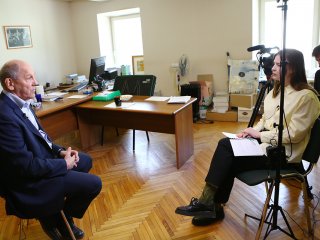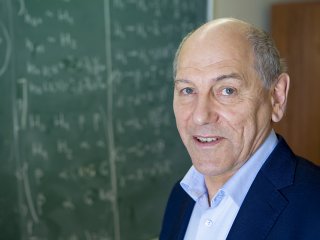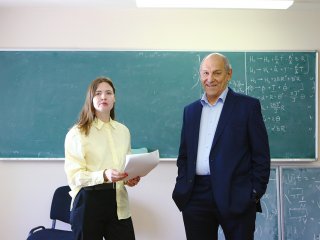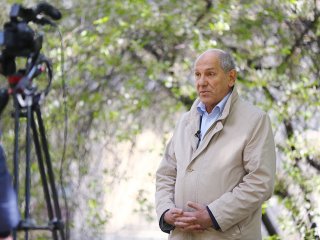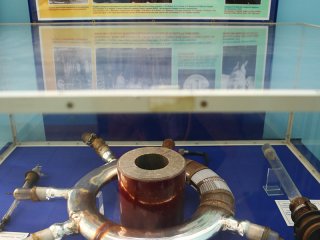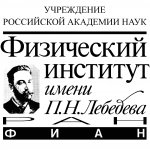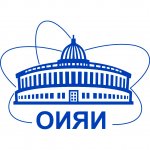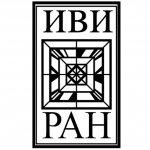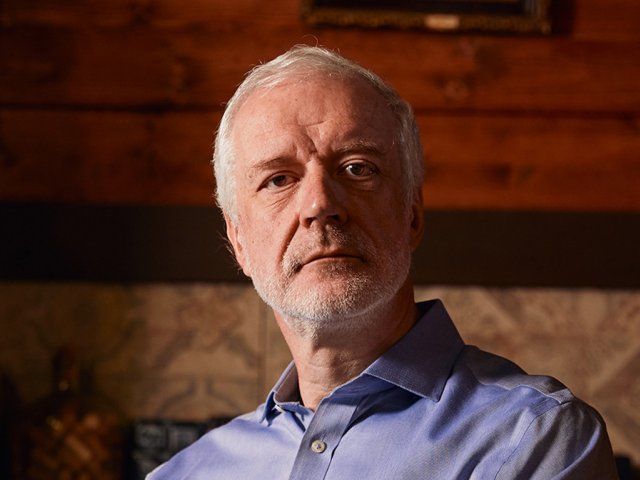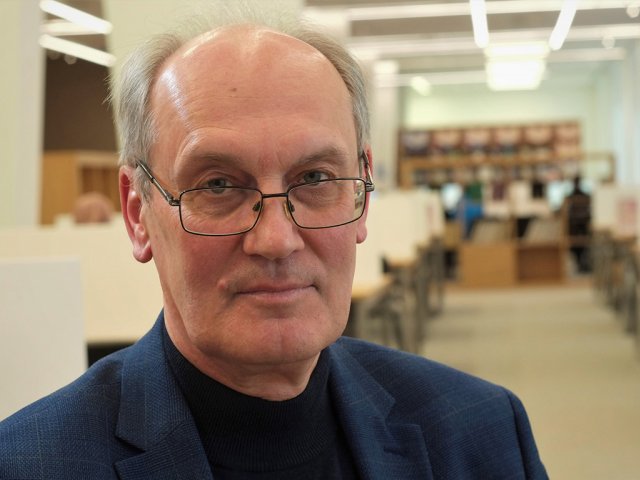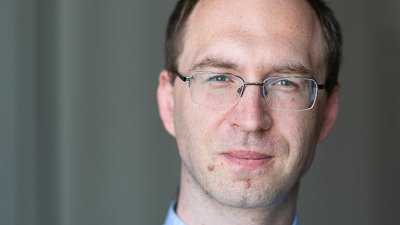Contemporary multichannel astronomy is a new field of science, the birth of which we are now witnessing. The Russian Neutrinos and Particle Astrophysics project is vital to this new field both in our country and worldwide. Academician Valery Anatolyevich Rubakov, Chief Researcher at the Institute for Nuclear Research (INR) of the Russian Academy of Sciences (RAS) and Head of the Neutrino and Particle Astrophysics project, describes the most sensational project results in his interview with Scientific Russia.
V.A. Rubakov. Image source: Olga Merzlyakova / Scientific Russia
― The project participants have recently become the first in the world to establish the association of neutrinos with blazars. Please tell us about this and other discoveries made within the project.
― The discovery you’ve mentioned is, indeed, very important and unique. My colleagues Yuri Y. Kovalev, Sergey V. Troitsky, Alexander V. Plavin, and Yuri A. Kovalev have been the first to make it. What is so interesting about it? In fact, we do not know the source of high-energy neutrinos. These high-energy neutrinos come to us from space. They are registered by the international IceCube Neutrino Observatory and our Baikal Deep Underwater Neutrino Telescope (BDUNT). However, we do not know where these neutrinos are produced. It is a very important question because they are the most powerful accelerators in the universe. Now, for the first time, we have obtained substantial evidence that the sources of these high-energy neutrinos are blazars. From all appearances, blazars produce neutrinos, which we find on Earth, and studying them will potentially allow us to find out about the processes that take place inside distant blazars.
― Are these blazars located in other galaxies?
― Yes, these are distant galaxies, with black holes at their centers that are billion times more massive than our Sun. These blazars are very bright. They are very powerful and interesting objects in our universe. It seems that both neutrinos and cosmic rays, that is, protons and ultra-high-energy nuclei, are produced in blazars. However, there is no direct evidence of this so far.
Blazars are a type of quasars, active galactic nuclei, with supermassive black holes at their center. Quasars emit narrow and powerful plasma jets, and blazars are quasars, the jets of which are aimed directly at Earth. Reference source: RAS website. Image source: NASA / JPL-Caltech/ GSFC
― And what about our galaxy?
― As for our galaxy, here, we return to your first question about the results of the project. One discovery is connected precisely with the Milky Way. It turns out there are sources of high-energy neutrinos in our galaxy as well, but their energies are lower than those of neutrinos emitted by blazars from distant galaxies. We are talking about the energies of photons and neutrinos of about 100–300 TeV, which is dozen times more than the energies found at the Large Hadron Collider at CERN. These high-energy photons, that come from the same direction and at the same time as high-energy neutrinos, were first detected at the Baksan Neutrino Observatory (BNO) of the INR RAS. This is a completely new phenomenon that fits into the field of study of multichannel astronomy that studies space objects through various “agents”: neutrinos, photons, high-energy cosmic rays, and low-energy photons in optical and radio frequencies of gravitational waves.
Overall, multichannel astronomy is a trendy field of science. In practice, however, multiwavelength astronomy is still in its early stage, and the data obtained under the Neutrinos and Particle Astrophysics project directly relates to its further development. We are now witnessing the birth of this science since there appeared tools that allow studying the same object in different ways.
― Is BDUNT the key instrument used in the Neutrinos and Particle Astrophysics project?
― Yes, it is. BDUNT was officially launched not long ago, in 2021. However, in fact, it has a longer history. This project appeared as early as the 1970-1980s.
― As far as I remember, the project was launched at Moisey Markov’s suggestion.
― Right. Academicians Moisey А. Markov and Aleksandr E. Chudakov would come up with a suggestion to carry out experiments to search for neutrinos underwater, in particular, in Baikal. The initiative has evolved for some time and has gained traction recently, as the Joint Institute for Nuclear Research (JINR) and other important players joined the project. The Baikal telescope project gains momentum. It already works actively.
Neutrinos are fundamental particles with tiny masses and no charge; neutrinos have a very weak interaction with matter and pass through the Sun, Earth, and other celestial bodies with practically no interaction at all.
― In fact, there are only two telescopes in the world that detect high-energy neutrinos in deep water or ice: IceCube and our BDUNT, right?
― Right. The Europeans also wanted to join the project but lagged behind. They planned to install two neutrino telescopes in the Mediterranean but the progress is slow so far. Nevertheless, in my opinion, the European telescope will be put into operation sooner or later. It will be wonderful as we will have three excellent telescopes in this case!
― What period does the funding of the project, that is, 300 million rubles, cover? Are most of the funds spent on the modernization of equipment?
― The funding covers three years. The third year has just begun. As you know, it is a grant program. I cannot say now whether it will be extended or not. Such projects are often extended for another couple of years. On the one hand, the funds are spent on the equipment as it is very expensive; on the other hand, the funds, less than half the budget, are spent on the scientists engaged in the project, including our new Russian and foreign employees who were hired in connection with the project’s launch. This project is a big collaboration of scientists. I have only told you about some project results but there are quite a lot of them.
― Let’s get back to these results.
― Alright. For example, there are very interesting findings related to the search for sterile neutrinos. We are well aware of three types of neutrinos. However, other types of these mysterious particles may exist. One hypothesis holds that sterile neutrinos can make up dark matter in the universe. It is a very promising research field. Today, we receive the most interesting results in this field under the DANSS experiment (JINR and LPI) from the reactor core at the Kalinin NPP and the Troitsk nu-mass setup. By the way, it is in Troitsk that we get the best results related to the search for relatively heavy sterile neutrinos which are especially interesting as candidates for the role of dark matter particles.
I cannot but mention the international T2K experiment that studies neutrino oscillations and is carried out in Japan with an active engagement of my colleagues from the INR RAS and JINR. The project delivers interesting results related to the differences between neutrinos and antineutrinos, that is, matter and antimatter in the neutrino sector. By the way, this subject is of interest to cosmology as we are all made of matter. There is no antimatter in the universe.
Another interesting research field is the development of astronomical observations of objects, in which high-energy neutrinos and protons can be produced. This research field is developed under our Neutrinos and Particle Astrophysics project in a high altitude observatory of Sternberg Astronomical Institute (SAI) of MSU near Kislovodsk. They have unique modern equipment there that allows carrying out research in the most interesting part of the electromagnetic radiation spectrum, that is, the infrared part. It is the only facility in the country to be equipped with infrared receivers. Let’s also mention the development of radio astronomy associated with the Special Astrophysical Observatory of RAS in Nizhny Arkhyz, the North Caucasus. The observatory has a huge telescope called RATAN-600. It turned out to be perfectly suitable for observation of sources of radio-frequency radiation, in our case, blazars. It is important because it seems that neutrinos that come from distant blazars are born there as a result of a burst of radiation, that is, a burst in the central region of the blazar, close to the black hole, leads to the birth of neutrinos. These observations and data from neutrino telescopes at Baikal and the South Pole have already delivered highly interesting results, which I have previously mentioned, and we hope that RATAN-600 will help us study this aspect in more detail. The development and maintenance of this unique telescope is another important task of our project.
― The Neutrinos and Particle Astrophysics project has one more year left. Please tell us about the plans for this year.
― The groundwork for the future is very important. Here, I can tell you about a new detector of low-energy neutrinos, the particles that are of great interest to scientists, especially in terms of studying Earth’s interior and the Sun. It is planned to study them at the Baksan Neutrino Observatory located deep under a mountain. It will be an underground experiment, the development of which requires a lot of preliminary research studies, in particular, sample preparation for the detector. It is in the frame of this project that new scintillators and scintillation additives are developed to be used in this detector. This is the groundwork for the distant future.
Overall, the Neutrinos and Particle Astrophysics project is very extensive. In addition to solutions to the fundamental problems of contemporary physics, the enormous contribution of this project is that people from different institutions, with different backgrounds and scientific interests, form large teams and collaborate. In my opinion, it is a very important aspect. We haven't had a similar project for a long time. Such projects that engage all different kinds of specialists significantly advance science.
Valery Anatolyevich Rubakov is one of the world's leading experts in elementary particle physics and cosmology. In June 2020, Valery Rubakov received one of the most prestigious scientific awards in the world, the Hamburg Prize for Theoretical Physics
Image source: Olga Merzlyakova / Scientific Russia
― The Neutrinos and Particle Astrophysics project has one more year left. Please tell us about the plans for this year.
― The groundwork for the future is very important. Here, I can tell you about a new detector of low-energy neutrinos, the particles that are of great interest to scientists, especially in terms of studying Earth’s interior and the Sun. It is planned to study them at the Baksan Neutrino Observatory located deep under a mountain. It will be an underground experiment, the development of which requires a lot of preliminary research studies, in particular, sample preparation for the detector. It is in the frame of this project that new scintillators and scintillation additives are developed to be used in this detector. This is the groundwork for the distant future.
Overall, the Neutrinos and Particle Astrophysics project is very extensive. In addition to solutions to the fundamental problems of contemporary physics, the enormous contribution of this project is that people from different institutions, with different backgrounds and scientific interests, form large teams and collaborate. In my opinion, it is a very important aspect. We haven't had a similar project for a long time. Such projects that engage all different kinds of specialists significantly advance science.
